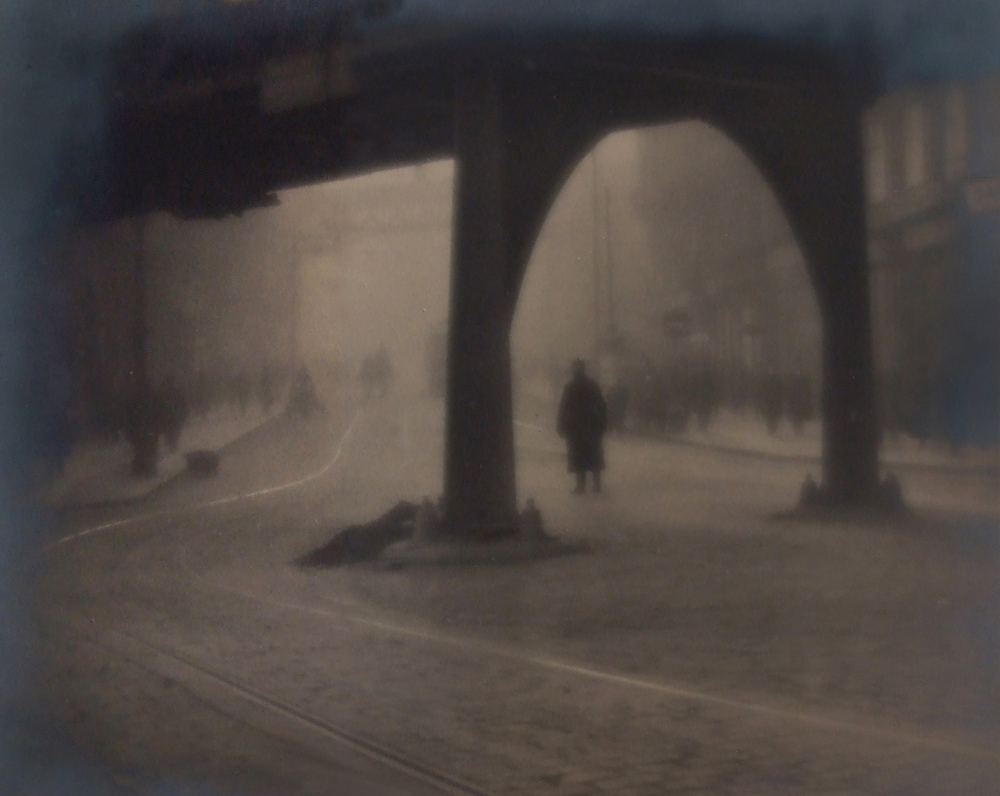
I lied: I said of course I had been to Trinity’s Douglas Hyde Gallery before. To tell the truth, this was my first visit. Yet now I don’t know how I managed to ignore the gallery for so long, especially when it sits right on my doorstep. Until February, the gallery is hosting an exhibition of prints by Josef Sudek in Gallery 1. The photographer-turned-print-specialist was born in KolÌn, the Czech Republic, in 1896 and eventually made his way to Prague, where the fairytale capital became his home. In 1979, when Sudek departed this world, his parting gift to nations both brutal and kind was a time capsule of memories from his cradle to his grave.
Sudeck bequeathed the gift of his vision to those bereft of his experiences. His memories follow a sequential course across the spacious lower floor of the gallery. Playing out like a physical manifestation of the inner contents of a pensieve, the prints vary in size.
The smaller ones, some only the size of my palm, seize my interest quicker. They are so intently miniscule that they require the viewer to get personal. Sudeck works like the great masters before, germinating his glorious works on the bed of knowledge lain by artists far beyond my time or yours. He takes what we know and makes it his own, improving on the once perfect, the quintessential quality of an excellent artist. He articulates on the renowned chiaroscuro approach, made famous by the magnificent Caravaggio and his followers.
However, Sudeck substitutes the residual contrast of light and dark from the baroque period for a more literal contrast of the clear and obscure. The temptations of his clear sections of print incite curiosity into the murkier ones. The more obscure or withdrawn the print, the deeper the effect. The prints are isolating in their absorption of the viewer and at the same time utterly harrowing. Indeed, the experience leaves the viewer with few words. One feels waif-like, as if a thin, mesh curtain is the only partition between you and 20th-century Eastern Europe. You are torn from your own sense of vision, replaced by Sudeck’s, seeing through his eyes now. In the background, a video plays in a language one does not need to comprehend.
Cut off by the sharp edges of the frames, the prints maintain an impressionist curiosity conceived of the first camera in France, whereby the viewer’s engrossment was seized by the knowledge that the edge of the image, which had been prematurely cut, withheld information you both deserved and required in equal measures. The prints are too welcoming to render the viewer to feel like an imposter. Instead, they feel like a shadow. Invited to be present, but to inflict nothing, only to elicit from your experience emotions your privilege promised that they could neglect.
I can’t guarantee that I will refrain from white lies, but I can remain positive that the Douglas Hyde will become a second home for me while I’m here. It’s a pleasure to find your place, even if it isn’t the Ko Phi Phi you thought it would be. So see the Sudeck prints, you’ll be grateful.






